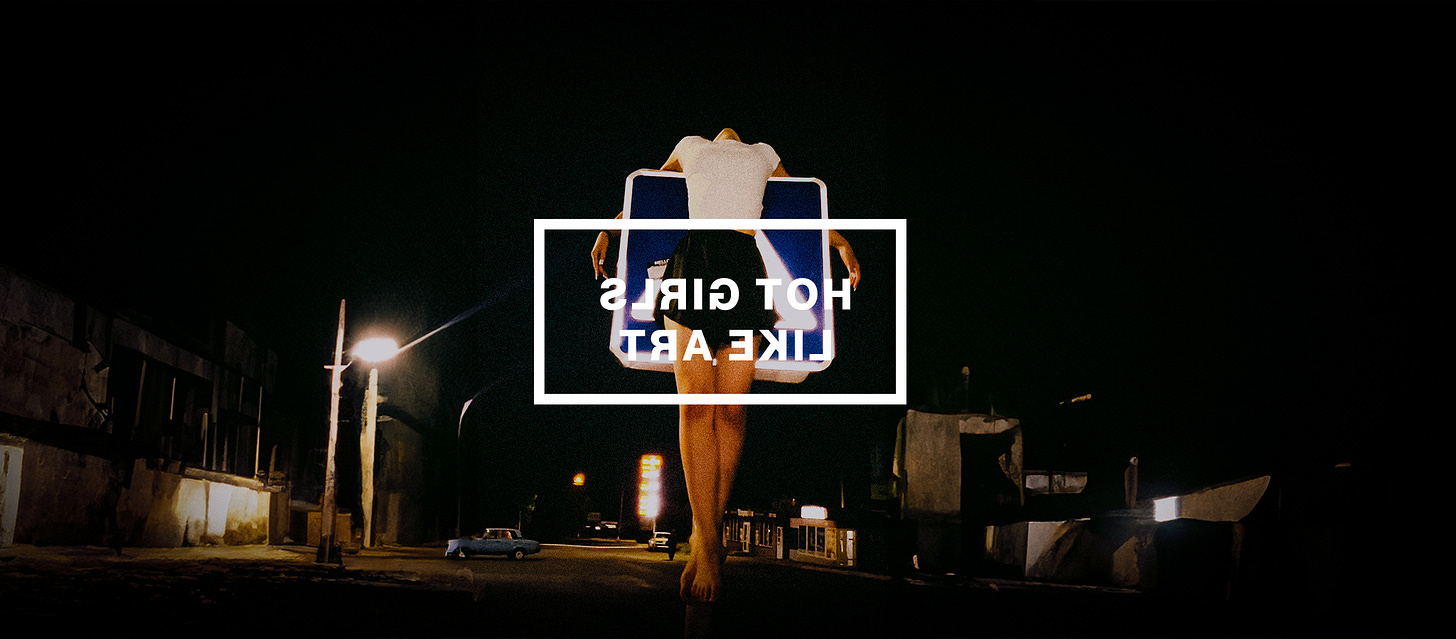12 ways humans control one another
and how to stop it happening to you
“The thing with people going to rehab is no matter who they are, what poison they’re hooked on, or what time of day they arrive, they always arrive wasted.”
Breaking the systems that control us often leads us to experiencing them at their most potent.
The path to freedom is difficult for anyone to travel.
Over the last twelve weeks, I’ve been focused on on…
Keep reading with a 7-day free trial
Subscribe to Hot Girls Like Art to keep reading this post and get 7 days of free access to the full post archives.



